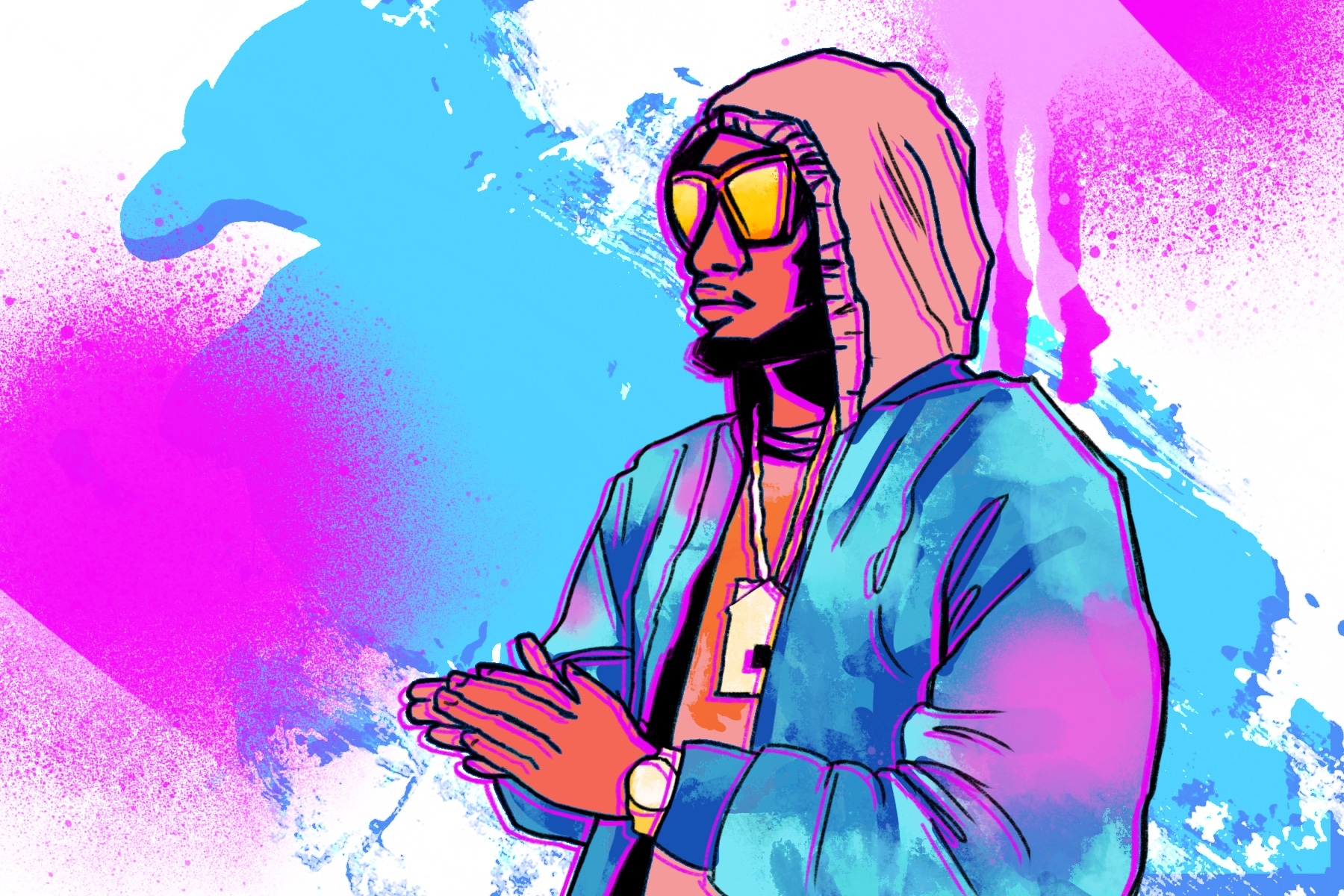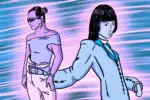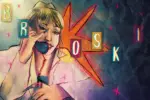High fashion has been an inherent part of American television culture since the early 2000s. From “America’s Next Top Model” to “Project Runway,” the glamour and elitism of high-end fashion have been the premise behind reality show competitions for years. Interestingly, streetwear, which is far more relatable to the average American, hasn’t been on the same reality TV pedestal — that is, until “The Hype” premiered on HBO Max this August. The three-week rollout of the show’s eight episodes may not garner the same attention as the 18 seasons of “Project Runway,” but it still helped streetwear get its foot in the door of the world of mainstream TV.
Speedy Morman, a journalist for Complex Media, hosts “The Hype.” Known for his YouTube shows “Jobs Unlisted” and “360 With Speedy Morman,” the 27-year-old Queens native has interviewed the likes of Barack Obama, Yara Shahidi and the late great Kobe Bryant. In a feature on his career, he told Complex, “I watch every interview the person has ever done. I’m listening to their music if they are a musician, watching their movies if they are an actor, watching their games if they are an athlete, and then I figure out what they are excited to talk about.”
In addition to Morman, three co-hosts judge the clothing created by the contestants: Marni Senofonte, Offset and Bephie Birkett.
Senofonte is one of the most respected fashion designers in the industry and is a long-term friend and stylist of none other than Beyoncé.
Offset has had a prolific rap career as a member of Migos and is heavily involved in the fashion world himself as a regular attendee of the Met Gala.
Last but not least, Birkett is the co-owner of the streetwear brand Union. As Birkett’s website explained, her work “has a distinctly feminist approach and she thinks first of creating clothing for Black women. Moreover, her pieces are gender-neutral and meant to convey freedom of thought and freedom of movement, not just in one’s own body, but across a range of spaces.”
Producer Rikki Hughes told GQ that the intent of “The Hype” is to bring the streetwear subculture into the mainstream. “This isn’t just for streetwear enthusiasts,” Hughes said. “It’s for the 40-year-old soccer mom who just happened to turn on HBO Max.” She says she hopes to garner interest in streetwear the same way “Top Chef” gets people interested in food.
As with any show that has been created over the past two years, “The Hype” did have to work within the restrictions of COVID-19. Therefore, it is extremely impressive to see how the show’s producers suspended the reality of the pandemic for viewers who watch television to escape from reality — not to be reminded of it.
Senofonte told Vogue, “While there were some restrictions in place—they couldn’t go to fabric or hardware stores, for example—watching the show, you’d never notice it…We stayed in our bubble, but it was an amazing bubble to have, and they definitely provided all of the designers with everything that they needed. They had screen printers and technology that I would have killed to have been able to just play around with, in my own little wonderland.”
Viewers and critics of “The Hype” had overwhelmingly positive reviews. The Decider concluded, “What made us interested in ‘The Hype’ wasn’t only the range of personalities of the designers, many of whom are wearing the streetwear they’ve designed to this point, but that it’s an opportunity to find out just what the idea of streetwear is in 2021, and what the ‘rules,’ if any, are with this kind of fashion.”
The main consensus among critics seems to be that “The Hype” is a great segue for those with little to no information about streetwear, as well as an entertaining show for those who already love the fashion subculture.
However, Bloomberg’s Patia Braithwaite did have a critical review for “The Hype.” She asserted, “The problem with ‘The Hype’ is that it masquerades as something more profound. Street style, according to the co-signers, pushes culture forward. But during the first episode, a designer ‘at the forefront’ is sent home—the boundary-pushing clothes, alas, are at odds with market trends. This strained relationship between authenticity and profit makes ‘The Hype’s’ DIY ethos, business lingo, and modest $150,000 prize feel decorative.”
Braithwaite continued, stating, “Yet contestants occupy a landscape where climate change, racism, and mental health are reduced to pithy slogans on jackets. The result is a program that has the depth of a well-curated Instagram feed.”
While superficially using culture for entertainment is a recurring practice in mainstream media, applying this critique to “The Hype” is a glaring miscategorization of the show’s content, as well as intent. Not only does the show recognize these issues, but it also goes out of its way to give them a spotlight in a way reality competitions haven’t done in the past.
In terms of recognizing racism on “The Hype,” Morman pauses an entire episode to announce the guilty verdict for the police officer who murdered George Floyd. Additionally, Paije Speights, a contestant on “The Hype,” talks in-depth about her experience as a Black woman on the show, as well as her fears about raising a Black son in America. While race isn’t mentioned in every episode, it is a major theme of the show, which is more than can be said of many of its peers who gloss over the subject completely.
Additionally, Braithwaite’s claim that mental health is reduced to “slogans on a jacket” on “The Hype” is objectively false. Justin Mensinger, another contestant, spends multiple episodes talking about his relationship with his own mental health, as well as his family’s history with mental illness, including his father, who took his own life when he was a child.
“The Hype” isn’t just a reality competition — it’s a microphone for the voices of those who are often silenced in the fashion industry. Even though the show has only just begun and viewers have yet to see where it’s headed, it is certainly a step in the right direction for diversity and representation in mainstream television.
















